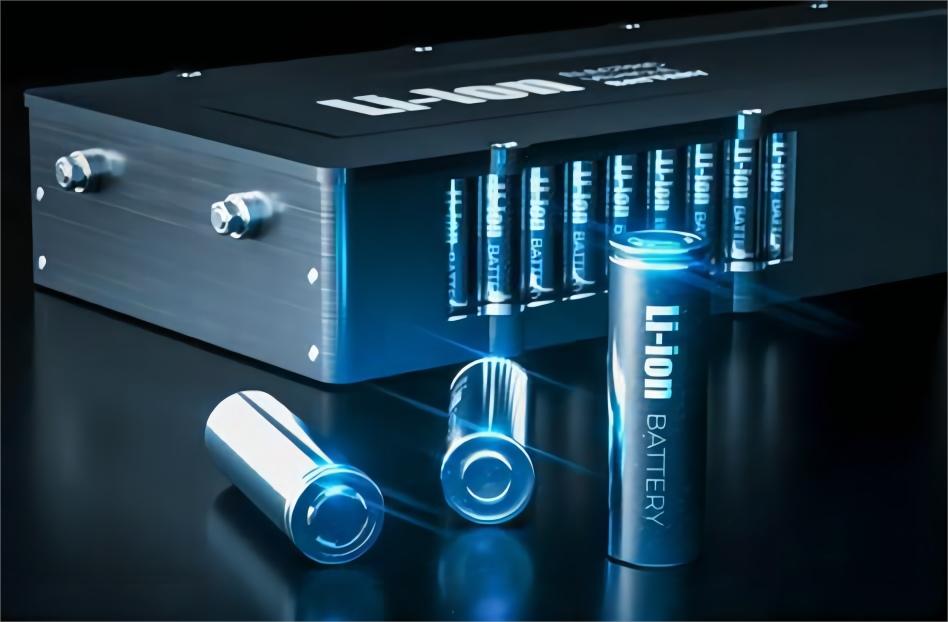Aluminum foil is generally classified according to thickness, state and use.
By thickness: aluminum foil greater than 0.012mm is called single foil, and aluminum foil less than or equal to 0.012mm is called Double foil; It is also called single zero foil when the thickness is 0 after the decimal point, and double zero foil when the thickness is 0 after the decimal point. For example, 0.005mm foil can be called double zero 5 foil.
According to the status, it can be divided into full hard foil, soft foil, semi hard foil, 3/4 hard foil and 1/4 hard foil. All hard foil refers to the foil that has not been annealed after rolling (annealed coil and cold rolled by > 75%), such as vessel foil, decorative foil, medicine foil, etc; Soft foil refers to the annealed foil after cold rolling, such as food, cigarette and other composite packaging materials and electrical foil; The aluminum foil with tensile strength between full hard foil and soft foil is called semi hard foil, such as air conditioning foil, bottle cap foil, etc; Where the tensile strength is between full hard foil and semi hard foil, it is 3/4 hard foil, such as air conditioning foil, aluminum plastic pipe foil, etc; Aluminum foil with tensile strength between soft foil and semi-hard foil is called 1/4 hard foil.
According to the surface state, it can be divided into single-sided light foil and double-sided light foil. Aluminum foil rolling is divided into single sheet rolling and double sheet rolling. During single sheet rolling, both sides of the foil are in contact with the roll surface, and both sides have bright metallic luster, which is called double-sided smooth foil. During double rolling, only one side of each foil is in contact with the roll, the side in contact with the roll is bright, and the two sides in contact between aluminum foils are dark. This kind of foil is called single-sided smooth foil. The small thickness of double-sided smooth aluminum foil mainly depends on the diameter of work roll, which is usually not less than 0.01mm. The thickness of single-sided smooth aluminum foil is usually not more than 0.03mm, and the current small thickness can reach 0.004mm.
Aluminum foil can be divided into packaging foil, medicine foil, daily necessities foil, battery foil, electrical and electronic foil, construction foil, etc.
Battery foil and electrical foil
Battery foil is the aluminum foil used to manufacture battery parts, while electrical foil is the aluminum foil used to manufacture various parts of other electrical appliances. They can also be collectively referred to as electronic foil. Battery foil is a kind of high-tech product. In the next few years, its compound annual growth rate can reach more than 15%. See Table 3 and table 4 for the mechanical properties of cable foil and battery foil. 2019-2022 is a period of great development for China’s battery foil enterprises. There are about 200 enterprises that have been put into operation and are under construction, with a total production capacity of about 1.5 million tons.
Electrolytic capacitor aluminum foil is actually a deep-processing product. It is a corrosive material that works under polar conditions and has high requirements for the structure of the foil. There are three kinds of aluminum foil used: 0.015-0.06mm thick cathode foil, 0.065-0.1mm thick high-voltage anode foil and 0.06-0.1mm thick low-voltage anode foil. The anode foil is industrial high-purity aluminum, and the mass fraction shall be greater than or equal to 99.93%, while the purity of aluminum for high-voltage anode shall be greater than or equal to 4N. The main impurities of industrial high-purity aluminum are Fe, Si and Cu, and Mg, Zn, Mn, Ni and Ti as trace elements should also be treated as impurities. The Chinese standard only specifies the content of Fe, Si and Cu, but does not specify the content of other elements. The impurity content of foreign battery aluminum foil is significantly lower than that of domestic battery aluminum foil.
According to gb/t8005.1, aluminum foil with a thickness of not less than 0.001mm and less than 0.01mm is called double zero foil. The commonly used alloys are 1145, 1235, 1350, etc. 1235 is used more, and its fe/si ratio is 2.5-4.0. The thickness is not less than 0.01mm and less than 0.10mm The aluminum foil of is called single zero foil, and 1235-h18 (0.020-0.050mm thick) is commonly used for capacitors; The mobile phone batteries are 1145-h18 and 8011-h18, with a thickness of 0.013-0.018mm; The cable foil is 1235-o, 0.010-0.070mm thick. Foils with a thickness of 0.10-0.20mm are called zero free foils, and the main varieties are decorative foils, air conditioning foils, cable foils, wine bottle cover foils, and shutter foils.
Post time: Jun-19-2022

